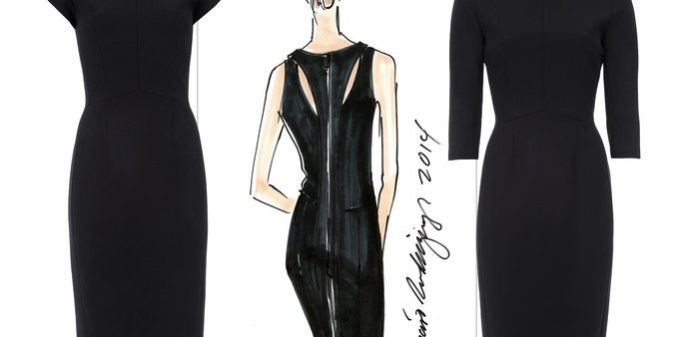The New York Times profiles the well-known designer’s decision to refocus his life and business around family and craft. The idea of the article is that the fashion industry is finally waking up to the need to balance work and life (https://www.nytimes.com/2018/02/07/fashion/fashion-family-parental-leave-narciso-rodriguez-children.html?rref=collection/sectioncollection/fashion&action=click&contentCollection=fashion®ion=rank&module=package&version=highlights&contentPlacement=1&pgtype=sectionfront). I don’t doubt for a second that in a lot of companies the two things are well out of whack.
Scheler (V&R Chapter 5) would be delighted to hear Rodriguez express the sentiment that what matters to him is that he be known for his work and craft rather than the number of events or parties he or his clothes show up at. This refocus is at the service of his small children with whom he wants to spend regular time. The argument of V&R points to Scheler’s estate — the union of family and craft — as the model for the most moral business plan.
The article does not go into detail about all aspects of Rodriguez’s business plan (e.g. Is production local?) but Scheler would certainly approve of some of the things Rodriguez is saying. However, contrary to the article, he is no innovator. As my list of Best Dressed Company Award shows (http://www.ethicsoffashion.com/gainsborough-silks-candidate-best-dressed-company/) there are many companies that have long since fused family, craft, and manufacturing. There are plenty of working business models out there for people like Narciso Rodriguez to copy.







